“Could you speak at our club about Abstract photography on <insert date here>?” is the question that I am hearing more and more frequently. Clearly Joe Miller’s impact on our local area camera clubs is becoming more tangible.
McLean Photography Club
has invited me to speak at their club on Abstract photography and provide critiques of club members’ images on January 8, 2014. Two other clubs invited me to do something similar the same week, with the same subject. I believe that the cause of all this excitement over Abstract photography has a direct correlation with the annual Joseph Miller Abstract Photography Exhibit, which will be celebrating its 4th year in 2014.
As the popularity of that event has grown, so has interest in the programs that I had developed discussing abstract imagery and visual design. As a reformed “hater” of abstract art I feel that I have a special relationship with abstracts. And I try to help people understand the elements that make an abstract art, particularly as it relates to how lines, shapes colors, texture and perspective affect our perception of art.

Ed Knepley has written several blog posts about abstract photography recently, he tells me that they do not attract nearly as many visitors as his posts on technique. Ed and I have differing opinions about the use of post processing in photography, but the articles are all well written and persuasive. In particular, Ed refers to a book written by Kandinsky in this post, of which I had never heard before, Point and Line to Plane.
Kandinsky’s quote, “Objects damage pictures,” is a constant reminder to me that subjective imagery can be as effective as objective imagery.
So am I being pigeon holed into an Abstract Photographer, perhaps. But I could think of a lot worse reputations to have.
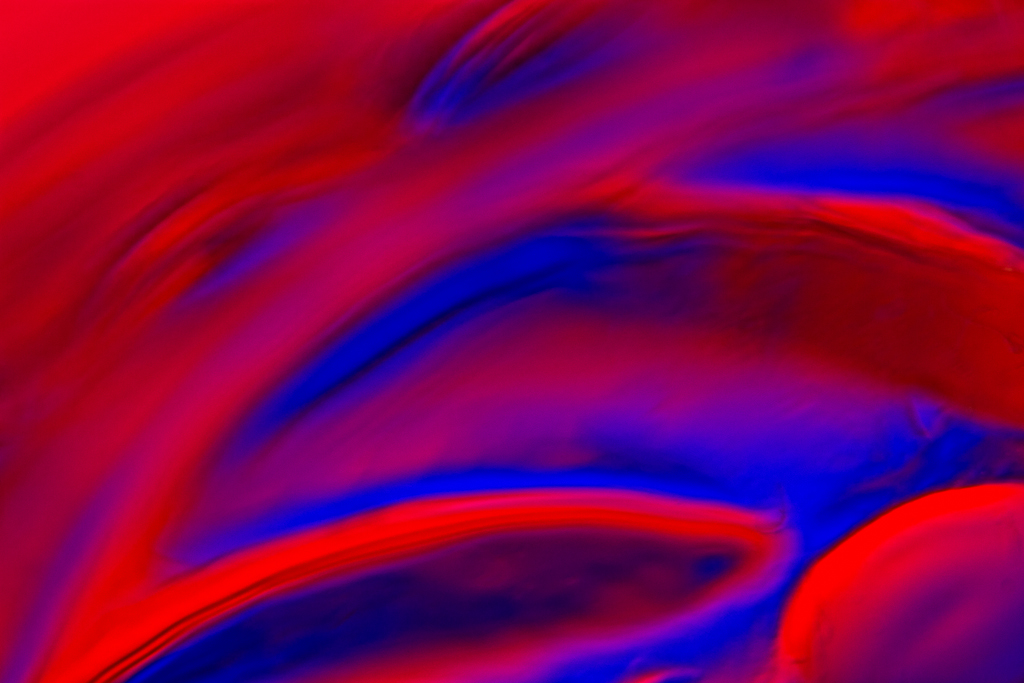
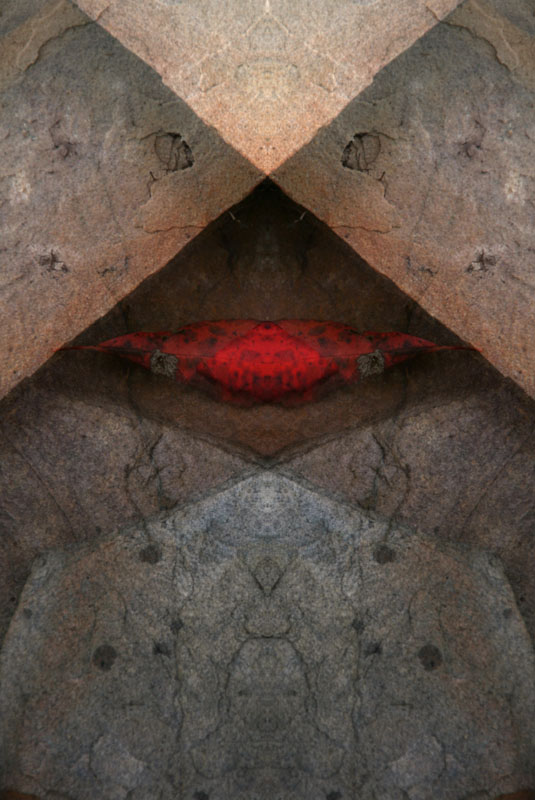





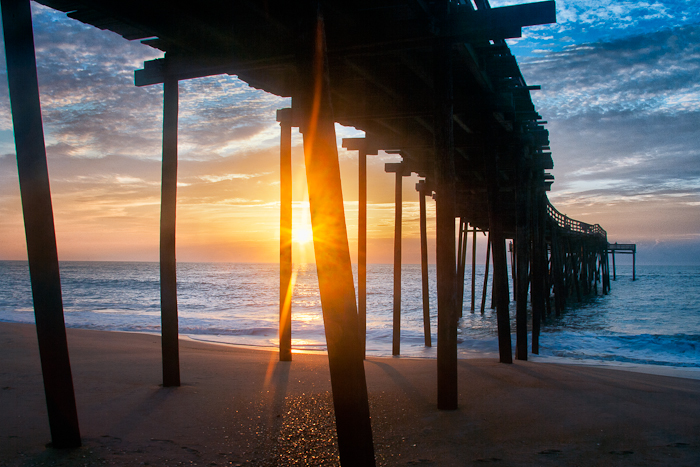


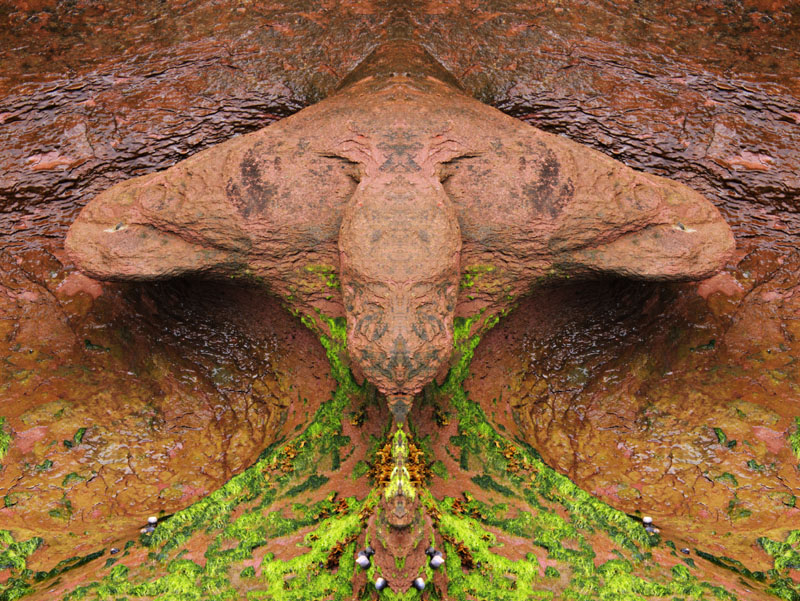

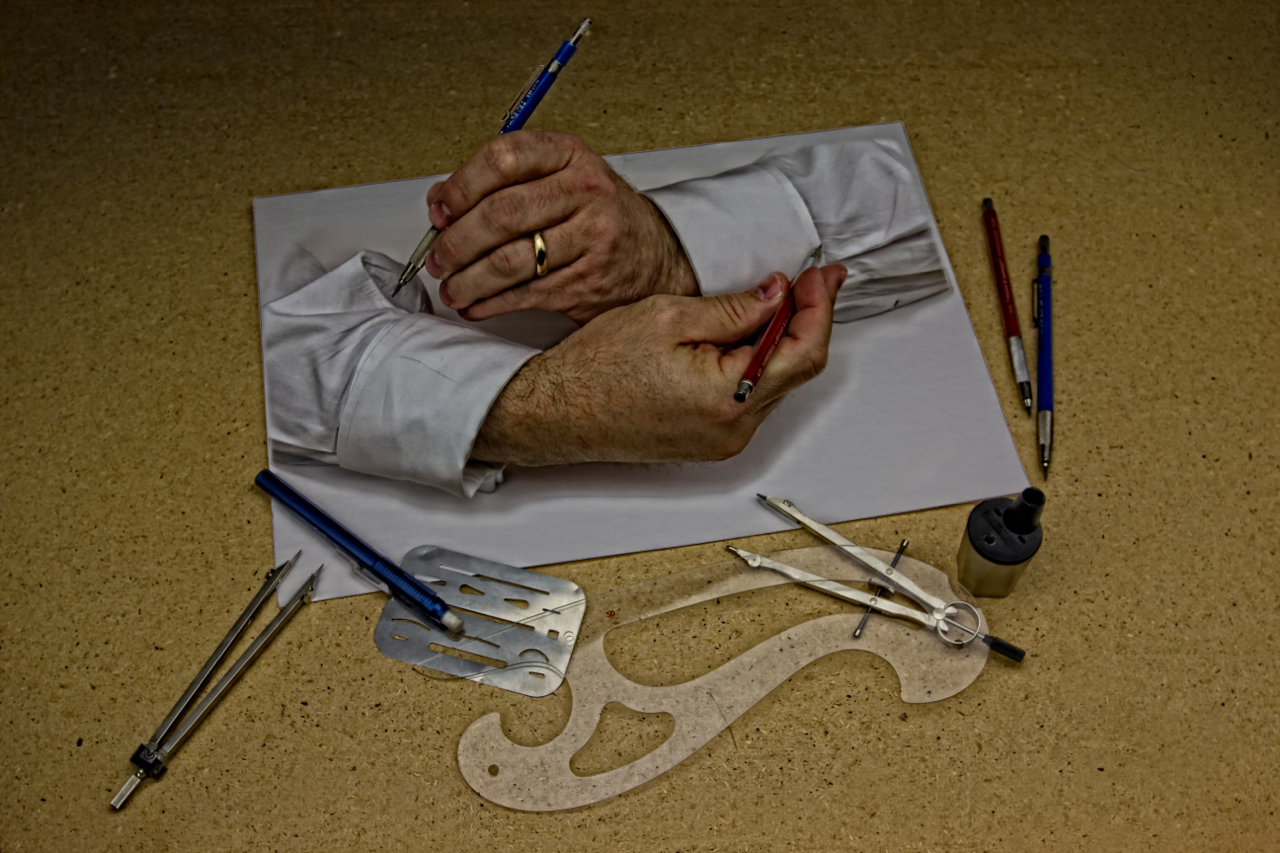
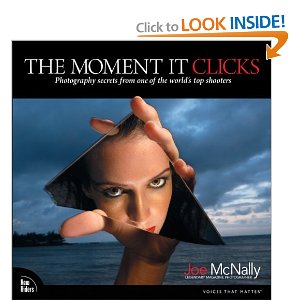
You must be logged in to post a comment.